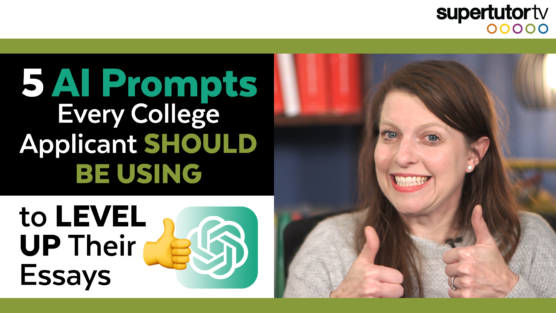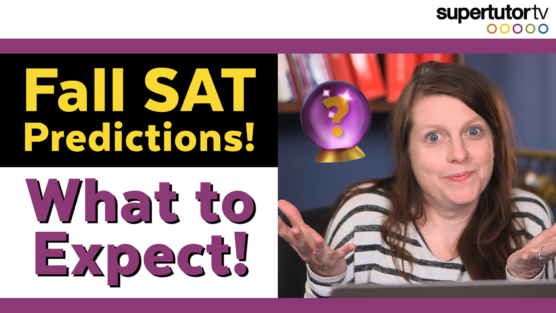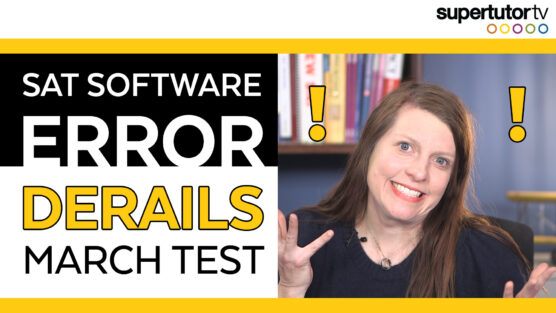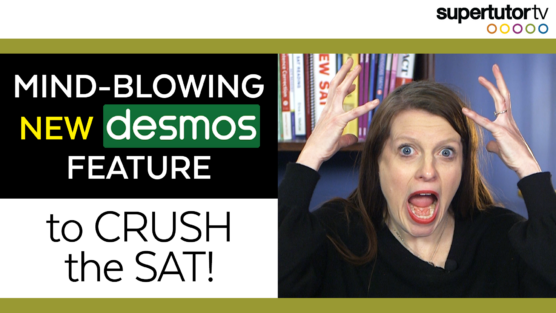If you’re planning on taking the SAT® soon, you need to understand how the SAT® is trying to trick you. In each section, the test has planted sneaky traps to get you to pick the wrong answer choice. These are the tricks you need to watch out for:
Math Section
Watch out for those Cartesian graphs, they aren’t always a 1 to 1 scale. An example question you may likely see on the exam is ‘what is the slope of this line’? You may be tempted to find rise over run based on counting the boxes on the graph, assuming each box is 1 by 1. Well, the SAT may try to trick you by changing the scale the axes. They may not go up by 1, but by 2 or even 10. So be attentive to detail!
Reading Section
Details are dangerous. Often times, our minds can absorb details more quickly than it can absorb abstract terms. Our natural bias is to pick the answer choice that has the most details. Take this question for example:
Ex) based on a passage, Iliffe’s perspective on studying that blue holes is that it is:
a) challenging to understand why the water in the caves has such a unique properties
b) perplexing to find so many strange life-forms in unexpected places
c) dangerous to venture into unexplored territories
d) exciting to explore the unknown
Going back to the passage, Iliffe’s quote “its really incredible to be swimming down a passage that no one ever been in before, to experience that thrill of discovery,” pops out immediately. Looking at the answer choices, you may be tempted to choose the longer ones with more specific phrasing such as ‘unique properties’, ‘strange lifeforms’ or ‘dangerous to venture’. However, if you read the quote carefully, you will see that the correct answer choice is choice d). Yes, its is more vague and abstract, but it portrays the main idea of the quote better than any of the specifics in the other answer choices do.
Writing and Language Section
For short transition questions, looking one line up and one line down isn’t enough. A popular strategy students use when a questions asks them to pick the word or phrase that best transitions from the previous sentence to the new one is to only read those two sentences. The College Board knows this strategy, and as a result, will plant trick answer choices that work with those two sentences, but not the main passage as a whole. It’s important to zoom out and get a handle on the entire paragraph in order to pick the correct answer choice.
The College Board will try to trick you, but if you follow these tips, you’ll be able to bypass the traps.




